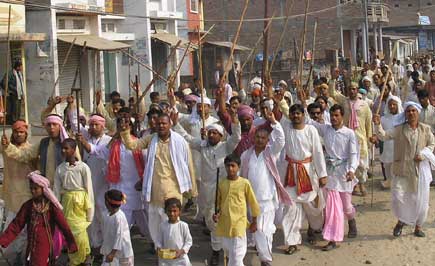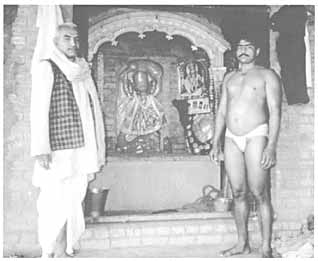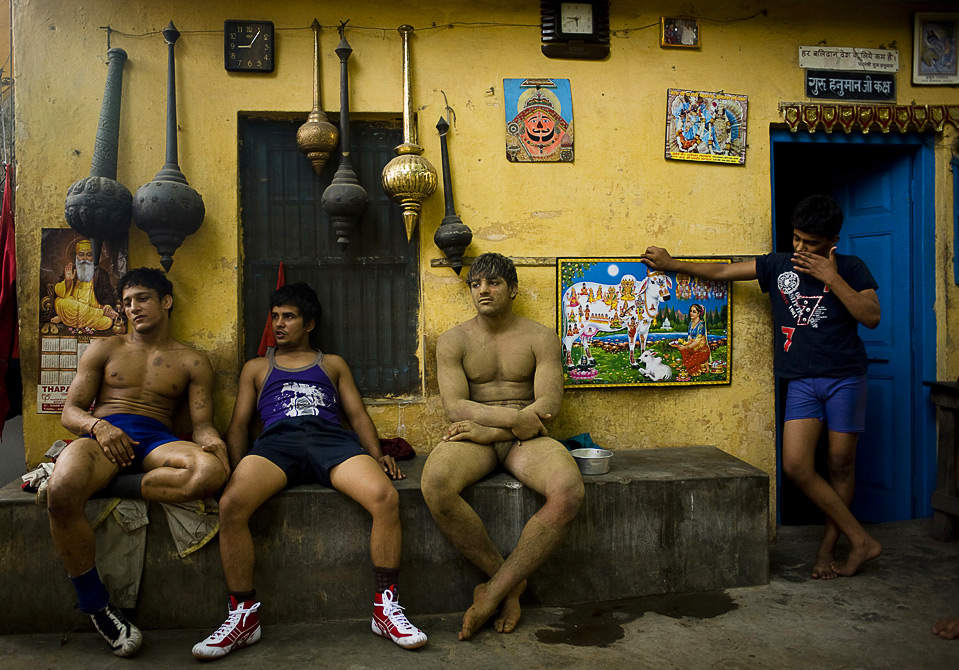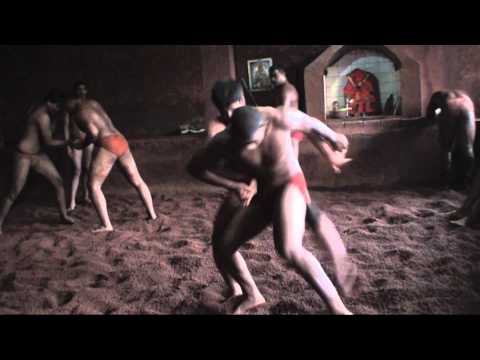First off, I would hesitate to call any martial art 'Buddhist'. While there are many martial arts that either took from Buddhist philosophy or incorporates some of it's practices, there's nothing I would call an actual Buddhist martial art. With that being said, the popularity of both Buddhism and perceived Buddhist martial arts can be explained by several phenomena. During the 19th century, eastern religions began disseminating to the west, and Hinduism, Buddhism, and Taoism became the most popular. This is due to several things: 1. Various occult and esoteric groups were heavily inspired by them, particularly Theosophy and American transcendentalism, 2. Their scriptures were seen to be more in line with the findings of science, 3. As such, their scriptures were more readily available in western languages, and gave people looking for an alternative form of spirituality something to follow, 4. Because of these, Buddhism, with it's lack of emphasis on a creator god, gained in popularity, 5. This led to an interest in the cultures that were inspired by Buddhism, especially Chinese and Japanese, 6. World events at that time, and later, were the reasons why these two cultures were more popular, 7. Which led in an interest in their forms of martial arts, 8. Which eventually led to the idealizing and commercializing of these arts, particularly Kung Fu and Karate.










